Ed, thanks for the tutorial. I’ve been playing with these for a couple months now. I’ve messed up one or two because as you said, need to read all the instructions first.
These modulars are pretty good. I got lucky and bought two of each kit when they were on sale for 1/2 off. With those I’ve started building a set of flats to go on that 2" piece of foam agains the wall here.
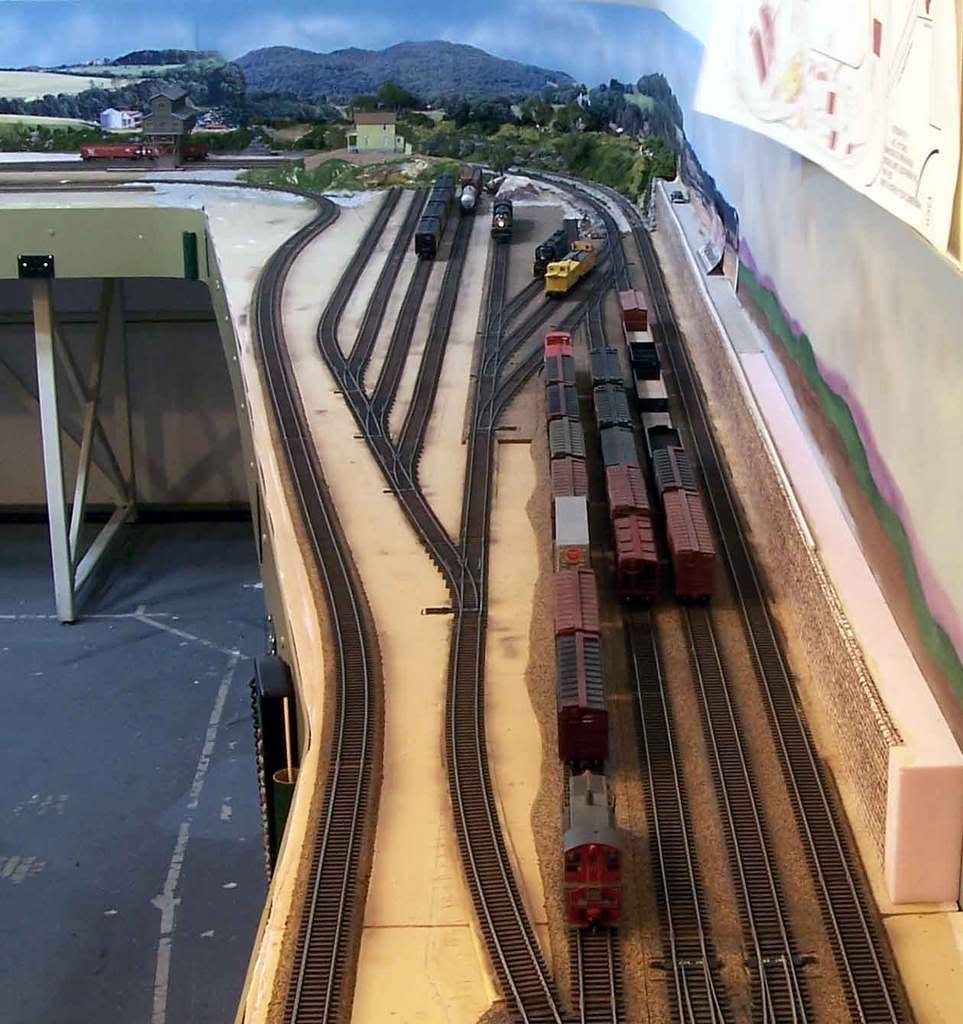
General layout
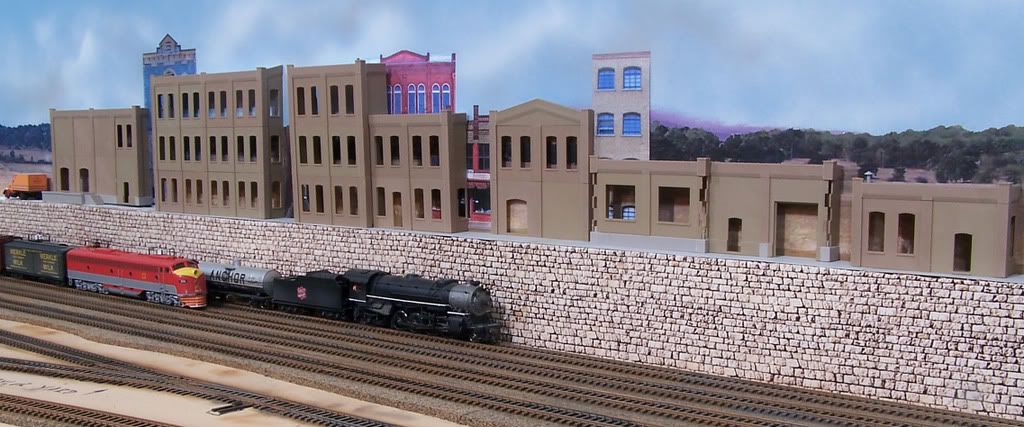
Starting to add details
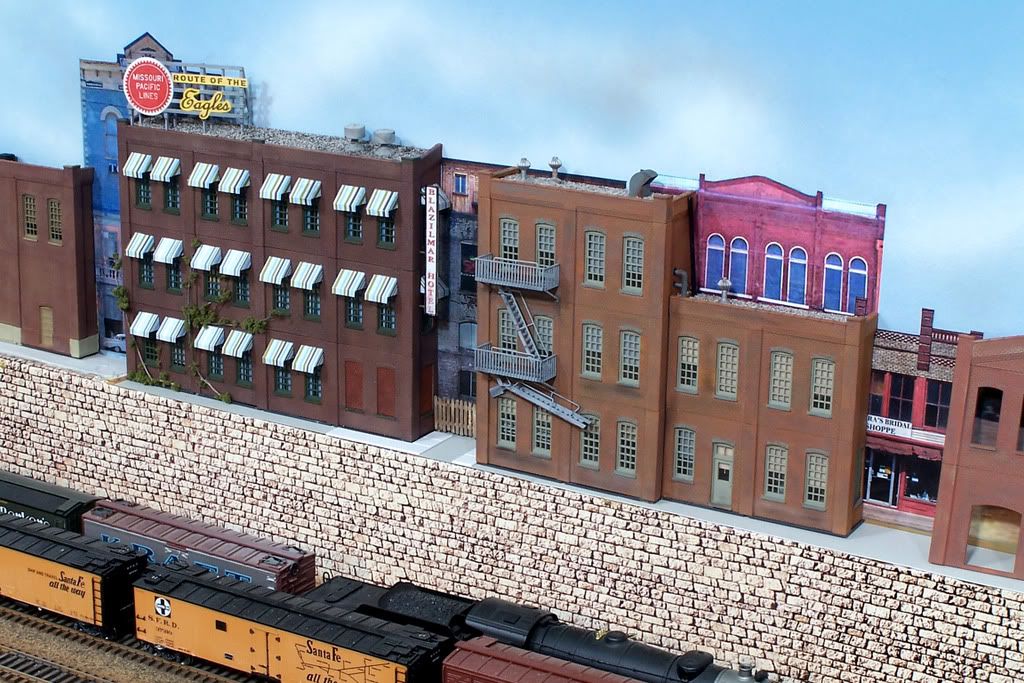
Latest flat - the Taylor Mattress Co
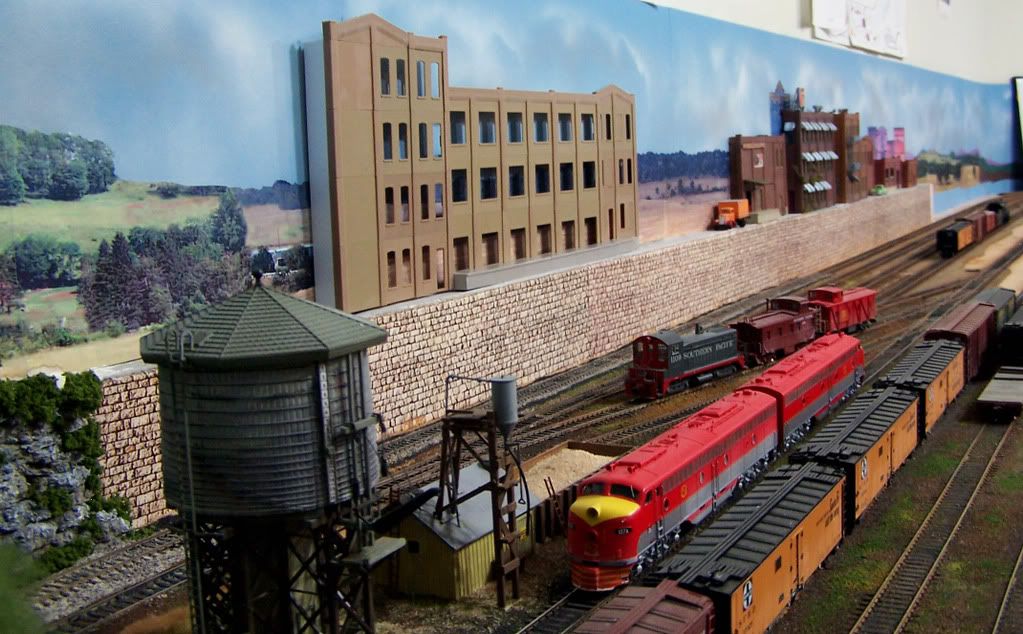
Paint, windows and details going on.
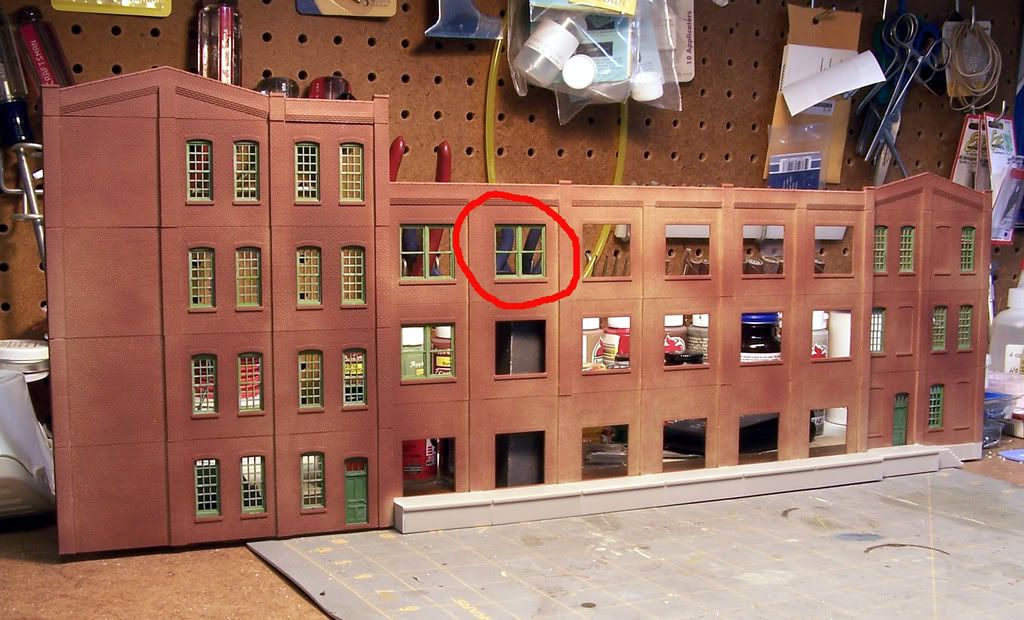
I still have tons of parts left for other nooks and crannies.
Regards,
Thanks for taking the time to do this review. I am out of HO now but a friend has a large layout and will need some large buildings. Cost never seems to be problem for him so these might fill the bill.
Regarding price , I do a fair bit of scratch building and kit bashing. By the time I aquire all of the materials, the cost can be pretty high. Wood siding or styrene sheets are not cheap. Have never done a cost comparison, scared to.
When in HO I did a number of Art Curran inspired kit bashes. As noted by others earlier he was the best I have ever seen at it. I just dont see all the potetial in a kit that he did.
Dave
I dont count costs on buildings anymore. I know full well they are approaching 200 dollars each in some cases when including glues, paint, accessories etc.
I just read the initial post and I’m not sure I understand the complaint about the foundations not having tongue and groove connections. The foundations have tabs which mate to grooves on the bottom of the inside of the walls so that they will allign properly. They also have connectors for joining multiple foundation sections together. I have had no problem getting the foundations to line up properly with the wall sections.
I do agree there should be stair railings available as this is an important detail and you have to be very lucky to find a railing that will fit in your spare parts drawer. My pet peeve has to do with the pilaster caps. The double conice pieces have caps that are molded flush with top of the cornice, while the pilaster caps which are used as connectors between multiple cornices stand above the top of the cornice which creates a very non-uniform look when combining a double cornice with a single. You could use 3 singles instead but the way they are apportioned in the kit, you will probably run out singles or end up with excess double cornices. It would be nice had they been made the same so you could combine a double and single cornice to make a 3 section cornice that has a consistent look.
The foundations require a flat surface. I build mine on a pane of glass several square feet and about a bit more than 1/4 inch thick.
I use a 90 degree square angle to ensure the inside corners are correct angle. Both inside and outside as well as standing the square on end against the first foundation corner which I call a cornerstone.
I would glue lightly the baseplate to the glass so that they will stay in place until the building is completed. Plastic strip cut with a knife splices several baseplates together.
Finally but not last, I like the 3-n-1 kit as you can save money and build several or one big building. Particularly when walthers has a half off sale. I sometimes grab the Tannery Box or the Sterling Dairy Box and start tearing into those to build the industry. It saves money against having to buy each little blister of parts.
Left overs go to more buildings cutting down on thier cost.
Again the Walthers Half off Sale is the price point I enjoy very much. I just took home about 100 dollars worth of necessary componets for 50 or so dollars. Makes the modulars experience much less hard on finances.




